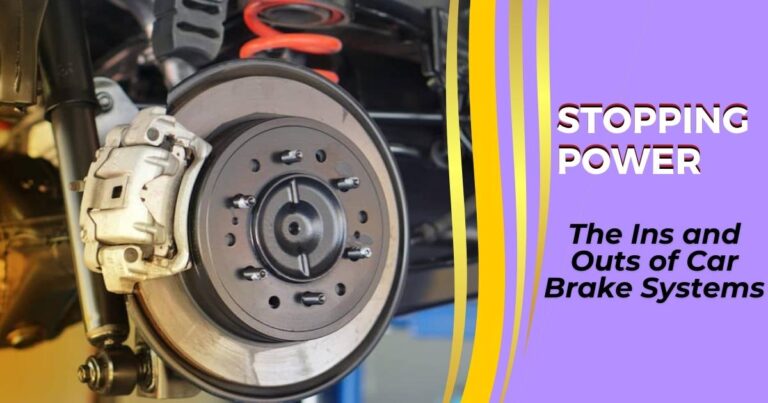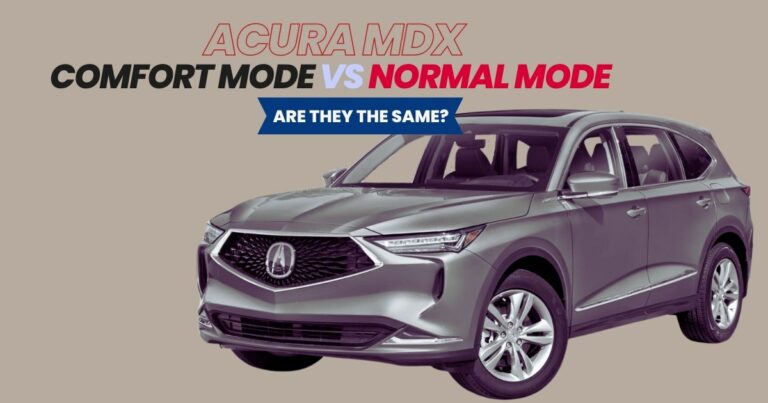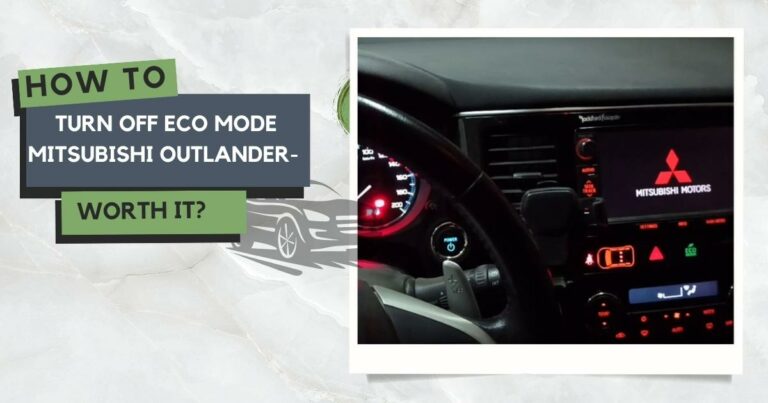70/30 vs 50/50 Coolant Ratio Dilemma- Make the Right Choice
Most motorists get confused trying to figure out how to keep the car’s cooling system in good working condition. Driving under hot temperatures without a perfect cooling system leaves much to desire. One of the critical decisions in maintaining an efficient cooling system is choosing the right coolant ratio.
This debate often centers on whether a 70/30 or 50/50 coolant mixture is more suitable. In essence, choosing the most appropriate coolant ratio makes it easy for drivers to ensure their vehicles operate optimally in various driving conditions.
Key Takeaways
- The ratio of antifreeze to water significantly impacts engine performance and protection. Always tailor your coolant ratio to your environment and engine demands.
- 50/50 coolant offers a balanced mixture suitable for moderate climates. On the other hand, 70/30 coolant excels in freeze protection and boil-over resistance.
- High-performance engines or heavy-duty applications may benefit from the extra protection of 70/30 coolant, especially in colder climates.
- While 50/50 coolant may be more economical for vehicles in moderate climates, you may want to consider the long-term benefits of enhanced protection offered by 70/30 coolant.
- Keep tabs on coolant levels to ensure continued protection and efficiency.
Overview of Coolant Mixtures
Coolant is a specialized fluid used in vehicles to regulate engine temperature and prevent overheating or freezing. It circulates through the engine’s cooling system, absorbing heat generated by the engine and transferring it to the radiator, where it dissipates into the surrounding air.
Coolant is typically a mixture of water and antifreeze, with the most common antifreeze being ethylene glycol. Ethylene glycol is clear, odorless, and relatively non-toxic to humans. However, this coolant can pose a danger to pets and wildlife if leaks occur.
Propylene glycol is an alternative coolant that is less toxic than ethylene glycol, making it safer for pets and wildlife. However, propylene glycol may cause corrosion in certain engine parts, so careful consideration is necessary before use.
Antifreeze lowers the freezing point of the coolant, preventing it from solidifying in cold temperatures. It also raises the boiling point, thereby reducing the risk of overheating. Additionally, antifreeze contains corrosion inhibitors to protect engine components.
Water serves as a base for the coolant mixture and facilitates heat transfer within the engine. It helps regulate the overall viscosity of the coolant and aids in dissipating heat through the radiator. Without water, the coolant would be unable to effectively regulate engine temperature.
Coolant Ratios
Coolant ratios represent the proportions of antifreeze (typically ethylene glycol) and water in the coolant mixture. Antifreeze is a concentrated, glycol-based liquid that requires dilution with water before use. Once diluted, it becomes coolant. That said, ensuring the correct mixture of antifreeze and water is paramount, especially when combating high temperatures.

50/50 vs 70/30
The proper mixture of antifreeze and water ensures that coolant can effectively regulate engine temperature across a wide range of conditions. Too little antifreeze may not provide sufficient protection against freezing in cold climates, while too much antifreeze can reduce the coolant’s ability to dissipate heat and increase the risk of overheating.
50/50 Coolant Ratio
A 50/50 coolant mixture is made up of equal parts of antifreeze and water. The 50/50 ratio simplifies coolant preparation, as it usually comes pre-mixed and ready to use. This eliminates the need for measuring and diluting concentrated antifreeze, making it convenient for DIY enthusiasts.
The balanced mixture of antifreeze and water provides sufficient protection against freezing and boiling in moderate climates. It offers reliable performance across a wide range of temperatures, making it suitable for everyday driving conditions, especially in regions with mild to moderate weather.
Ideally, vehicles that operate in diverse climates or undergo frequent temperature fluctuations can benefit from the protection offered by a 50/50 coolant mixture. Many vehicle manufacturers recommend the use of 50/50 coolant mixtures as standard in their vehicles.
Limitations of 50/50 Coolant
- The lower concentration of antifreeze in a 50/50 coolant mixture is likely to provide limited protection against freezing in extremely cold environments. Vehicles operating in regions with sub-zero temperatures may require additional precautions or a higher concentration coolant mixture for adequate freeze protection.
- A 50/50 coolant mixture may be more prone to boil-over under heavy loads or in high-performance engines. The lower concentration of antifreeze can result in a reduced boiling point, leading to coolant overheating and engine damage.
70/30 Coolant Ratio
A 70/30 coolant mixture, comprises of 70% antifreeze and 30% water. This ratio is selected to achieve a balance between providing sufficient protection against freezing in cold temperatures and maintaining effective heat dissipation properties.
The higher concentration of antifreeze significantly lowers the freezing point of the coolant, making it ideal for use in regions with extremely cold climates. Furthermore, this ratio offers improved corrosion protection by preventing scale buildup within the cooling system.
Limitations of 70/30 Coolant
- A 70/30 coolant mixture may be considered overkill in regions with milder climates, leading to unnecessary expenses.
- Retaining excessive heat in the cooling system can lead to overheating, especially in warmer climates or during intense usage.
- The increased concentration of coolant can make the mixture too acidic for certain engine components, such as seals or rubber parts. This acidity may contribute to premature degradation and failure of these components.
Which is Better- 50/50 or 70/30?
Choosing between a 70/30 vs 50/50 coolant mixture depends on how the coolant affects optimal performance and protection for the vehicle’s cooling system. For instance, the prevailing climate in the region where the vehicle operates is a key determining factor.
If you’re in colder climates with frequent sub-zero temperatures, you can go with a 70/30 mixture for enhanced freeze protection. This combination helps prevent coolant from solidifying and causing damage to the engine.
Alternatively, in moderate climates where freezing temperatures are less common, you want to go with a 50/50 combination. This mix offers balanced protection against both freezing and overheating without the need for specialized formulations.
Personal preferences, such as the desire for simplicity or environmental considerations, can also influence coolant selection. Some drivers may prefer the convenience of a pre-mixed 50/50 coolant, while others may prioritize the environmental-friendliness of a 70/30 mixture.
Maintenance habits, including regular coolant checks and system flushes, also play a role in the decision-making process. Diligent maintenance practices help ensure the continued effectiveness of the chosen coolant mixture and prevent potential issues related to corrosion or degradation.
That said, vehicle manufacturers often provide specific recommendations regarding coolant mixtures in their owner’s manuals or service guidelines. To be on the safe side, always follow your vehicle recommendations to ensure compatibility with the cooling system and optimal performance.
Always keep tabs on coolant levels and top up your car with the same type and brand of coolant. Consistency in coolant type and brand helps maintain the integrity of the cooling system and ensures compatibility with the cooling system.
The Parting Shot!
You decided to do a coolant flush to help ensure that the cooling system operates at its best. That’s the best decision ever! But now what? Do you go for a 50/50 mixture of 70/30? Ideally, the decision rests on your engine’s demands. High-performance engines or heavy-duty applications may benefit from of a 70/30 mixture, while standard engines may perform adequately with a 50/50 mixture.






